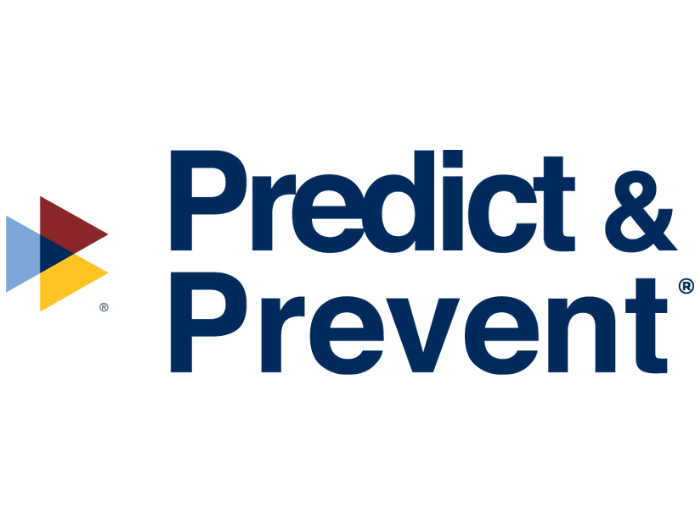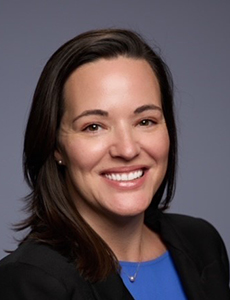See How Apollo Global Management’s Success at Reputation Risk Management Is a Story to Emulate

Rare is the insurance professional who truly believes there is an upside to risk.
Risk in the sense of a probability can theoretically produce wins, but risk in the sense of insurance usually refers to perils to things we value, where risk is the probability that the threat will manifest.
For insurance professionals, the best outcome is that nothing happens. The payment of insurance premiums buys peace with the gods.
But now we’re in one of those rare moments in history when risk managers have an opportunity to make something good happen. The disclosure of an authenticated enterprise reputation risk management program buys peace with — and market value appreciation from — institutional investors.
Effective January 2021, the world’s largest asset manager, BlackRock, with more than $7 trillion under management, is making companies’ descriptions of their reputation risk management strategies part of its proxy voting decision-making process.

Nir Kossovsky, chief executive officer, Steel City Re
BlackRock wants to know how its portfolio companies understand stakeholder expectations and address them. This approach underscores the principle that reputation risk management comprises mitigating the perils of economic losses from angry disappointed stakeholders.
BlackRock is an institutional investor bellwether. What they value, the markets value, with proof positive evidenced in the case of Apollo Global Management earlier this year.
Responding to concerns over its governance and alleged executive indiscretions, Apollo disclosed in detail the upgrades it had recently made in its enterprise reputation risk governance and management systems; authenticated by an even more detailed third party report, written by a law firm, that was essentially analogous to a reputation risk underwriting report.
The authenticated reputation risk management story was a strategic success.
The next day, shareholders increased Apollo’s equity value by 7.2%. Over the next two weeks, it increased by 11%, adding a total of $1.1 billion to Apollo’s market capitalization.
Let’s unpack this experience and its lessons for our times.
Rather than turning to marketing to conjure an ESG story, Apollo’s strategy included upgrading reputation risk oversight at the governance level, developing an integrated cross-functional enterprise-wide reputation risk management executive process, authenticating the strategy and its execution by a third party, and disclosing the whole of it publicly.
Risk managers should be salivating at the implications. Simply put, reputation risk ERM and risk governance oversight, authenticated with reputation risk financing and insurances, can be value creators.
If this is not sufficient motivation, risk managers should note that the SEC is now considering more detailed and meaningful disclosures related to corporate ESG activities — an area that poses significant reputational risk.
ESG storytelling, without adequate operational and governance systems in place to support them, is perilous, to which the $240 million settlement cost of In re Signet attests.

Denise Williamee, vice president of corporate services, Steel City Re
According to RIMS, there are about half a dozen or so reputation ERM frameworks and insurance solutions.
Here are five helpful questions for brokers seeking to benchmark solutions for their clients:
1) Does it speak to the expectations of institutional investors and bond analysts?
Analysts, the SEC and investors like BlackRock are asking harder questions and gravitating towards quantitative rigor. They expect more than marketing — demonstrated proof in both insuring and arbitraging reputation risk is a bonus.
2) Does it protect its board of directors from drowning in endless piecemeal issues and threats?
Stakeholders expect the board to pay detailed attention to ESG-like issues including ethics, safety, security and sustainability, while board members expect to focus on big strategic issues. A reputation risk solution framework should transform the mass of mission-critical 21st century ESG issues into a coherent, seamless business process packaged for oversight.
3) Does it reduce your client’s tactical workload?
Reputation risk management requires enterprise-wide intelligence gathering and analysis. It requires quantitative instruments to estimate financial losses. Your client, whether a treasurer, counsel, or enterprise risk manager, would likely prefer a comprehensive reputation risk framework that transforms these diverse business activities into a coherent business process.
4) Does it truly advance ESG objectives?
The debate between shareholder and stakeholder primacy requires a comprehensive solution that recognizes and advances the interests of both.
5) Does it simply, credibly and convincingly authenticate governance and management changes?
Will legal reviews, underwriting assessments or insurances be understood and appreciated by institutional investors, regulators, ESG and bond raters, and others? Will the proof lend credence to dutiful governance and oversight in a Caremark pleading?
If you are among the elite corps of risk professionals who have not become completely frustrated by today’s hard insurance market and are exploring news ways to combine your understanding of perils, risk management and risk transfer to deliver value, reputation risk management can be your reward. &










